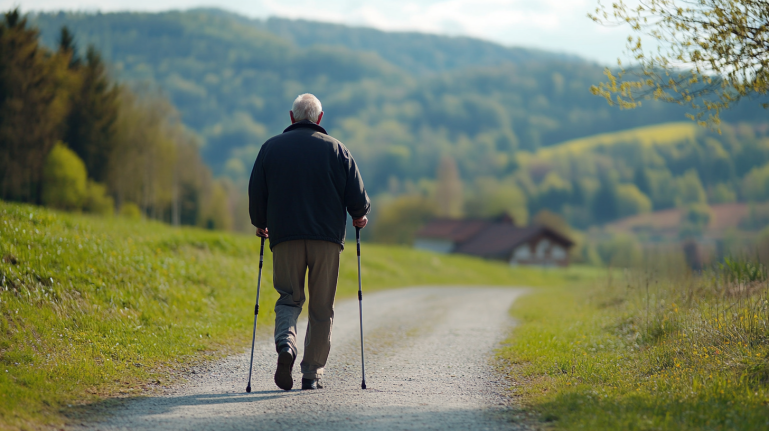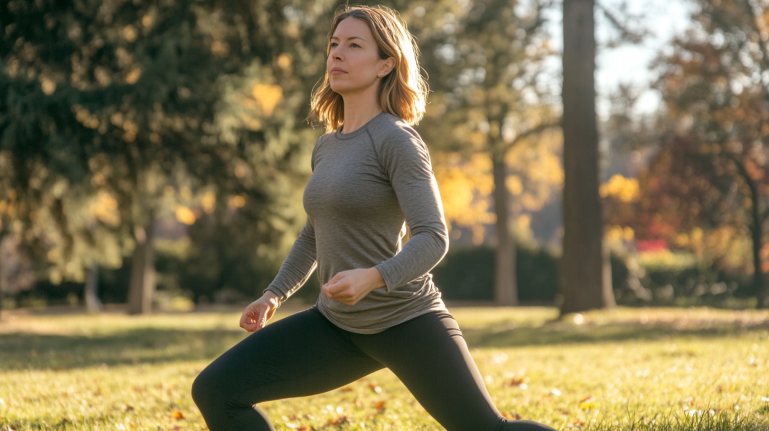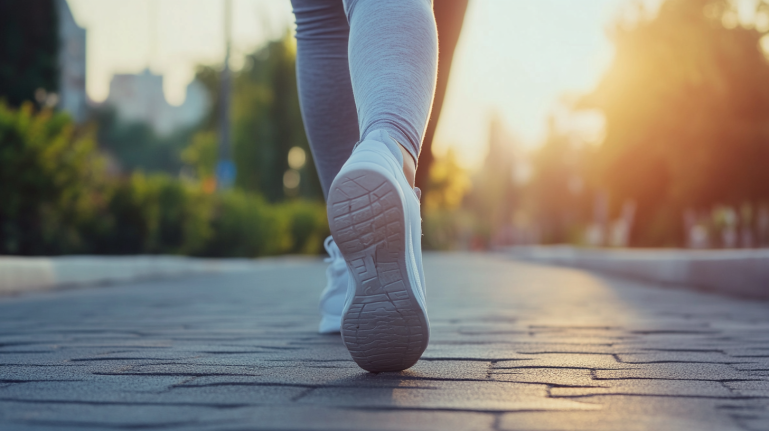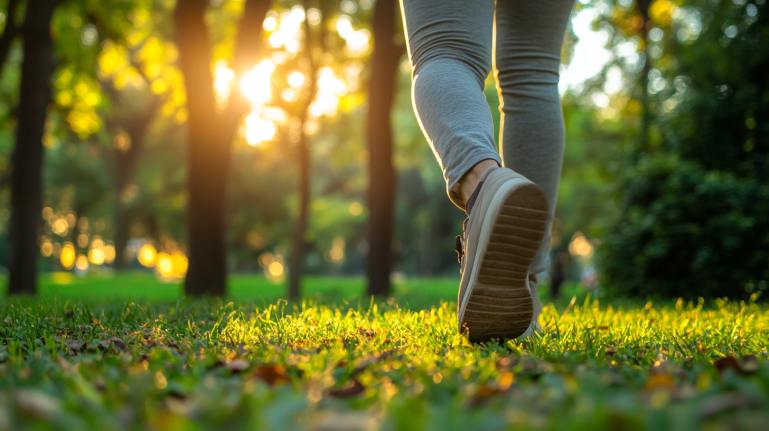Walking is one of the easiest and most relaxing forms of exercise. It offers countless health benefits, not only for your body but for your mind too. Recent research has shown that walking can help you stay healthy, both physically and mentally. And here’s the best part: it might just extend your lifespan by a significant amount!
Walking Can Help Combat Depression
Walking is a great way to improve your mental health. A study published in December 2024 in the Journal of the American Medical Association (JAMA) analyzed data from nearly 100,000 people and found that the more steps you take daily, the fewer symptoms of depression you experience. The results were staggering:

Research screenshots
- Compared to walking fewer than 5,000 steps a day, walking more was associated with fewer symptoms of depression.
- Walking 7,000 steps or more daily reduced the risk of depression by 31% compared to those who walked less.
- For every additional 1,000 steps walked each day, the incidence of depression decreased by 9%.
Walking not only helps with physical fitness, but it’s a powerful tool for maintaining emotional well-being too.

Walking 10,000 Steps a Day Could Add 11 Years to Your Life
You’ve probably heard that walking 10,000 steps a day is beneficial. But recent studies show it could do far more than just improve your health—it could actually add years to your life. A study published in March 2024 in the British Journal of Sports Medicine showed that walking 10,000 steps daily significantly reduces the risk of death and cardiovascular diseases:
- Walking over 2,200 steps per day can lower your risk of cardiovascular disease and premature death.
- Walking between 9,000 and 10,500 steps daily, regardless of how much time you spend sitting, resulted in the lowest mortality risk.
- In another study from November 2024, researchers found that people over 40 who walk at a pace of 4.8 km/h (about 11,000 steps per day) can extend their lifespan by up to 11 years compared to those who don’t exercise as much.
Walking isn’t just about fitness—it’s a tool for longevity, keeping your heart healthy and your life extended.

Research screenshots
Enhance Your Walking Routine with These 7 Simple Movements
Want to take your walking routine to the next level? Incorporating a few simple movements into your walk can have a huge impact on your health. Here are seven movements that will enhance your walking routine:
1. Tap Your Sides While Walking: Improve Your Waistline
Tap your sides while walking to engage your waist and reduce waistline fat. This simple motion helps stimulate your belt meridian and works wonders for your midsection.

2. Bow Your Legs While Walking: Aid Blood Sugar Control
For those with diabetes or those concerned about blood sugar, walking with a “lunge” or “bow” step can be very helpful. By bending your knees into a deep lunge, you regulate your blood sugar more effectively. This simple modification can make a big difference for your health.

3. Lift Your Arms While Walking: Relieve Shoulder and Neck Tension
Long hours spent hunched over a computer or phone can cause neck and shoulder strain. To counter this, try lifting your arms while walking as if positioning your hands at 10:10 on a clock. This helps relax your shoulders and neck.

4. Walk Backwards: Relieve Strain and Muscle Fatigue
Walking backward can be incredibly beneficial for relieving lower back pain and muscle fatigue. It’s a great way to reduce the strain on your lumbar spine. However, be cautious—this movement might not be suitable for those with neck issues or unstable blood pressure.

5. Rise onto Your Toes While Walking: Prevent Blood Clots
Walking on your toes periodically helps stimulate circulation, improve heart function, and reduce the risk of blood clots. It also reduces swelling in the feet and prevents the formation of varicose veins.

6. Twist Your Waist While Walking: Relieve Constipation
Add a waist twist to your walking routine to stimulate your digestive system and relieve constipation. This movement promotes better gastrointestinal health and can improve digestion over time.

7. Lift Your Legs High While Walking: Strengthen Your Core Muscles
Lift your knees higher while walking to engage and strengthen your core muscles. It’s a great way to tone your waist, hips, and abdominal area while improving balance and stability.

Conclusion: Walking Is Your Secret Weapon for Longevity
Walking is an incredible exercise that not only enhances your physical health but also improves your mental well-being. It’s a simple yet powerful tool to fight aging, prevent disease, and even add years to your life. By walking more each day and incorporating a few simple movements, you’ll feel better and live longer. So, start walking, and you might just add 11 years to your life!



















